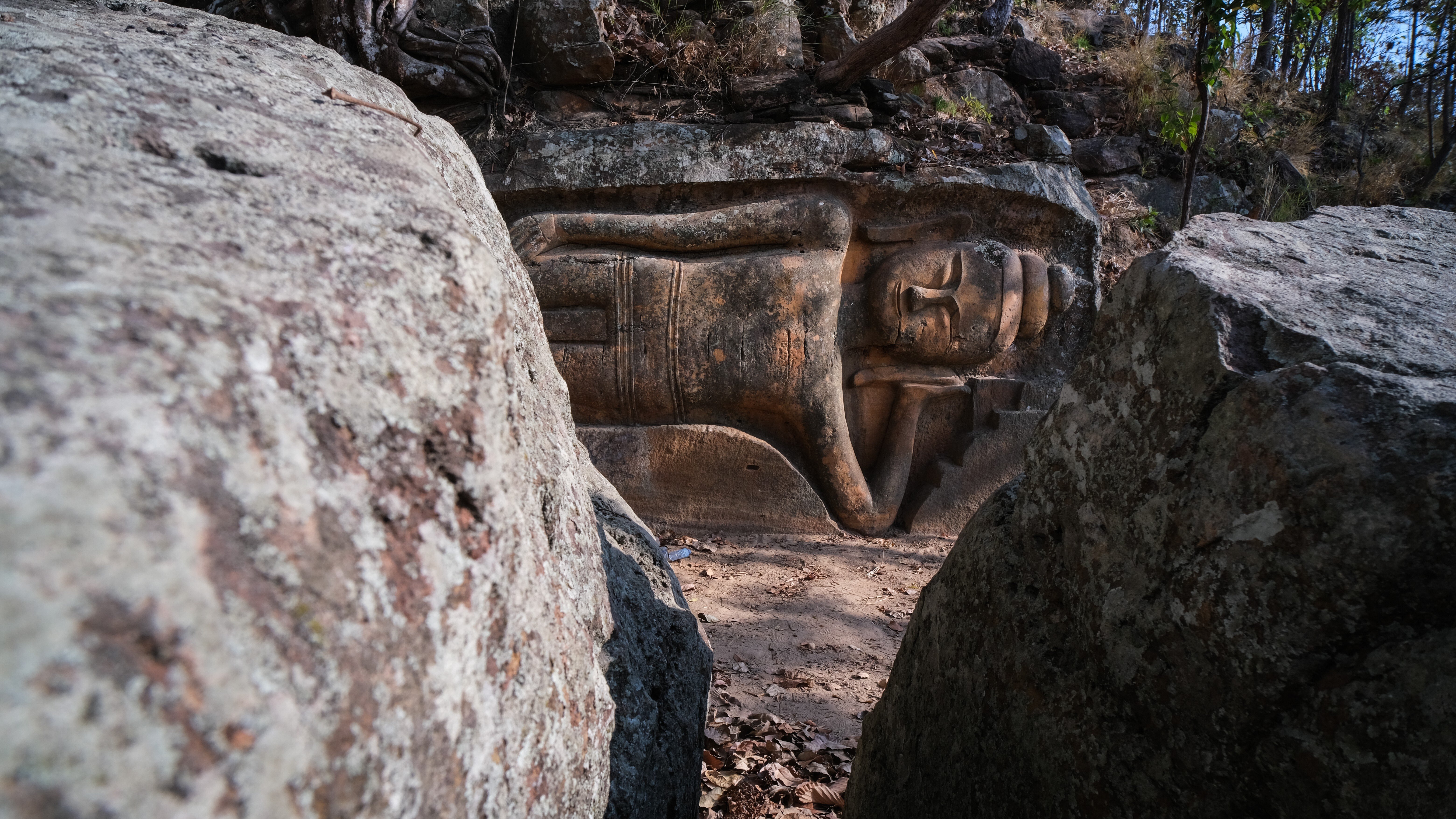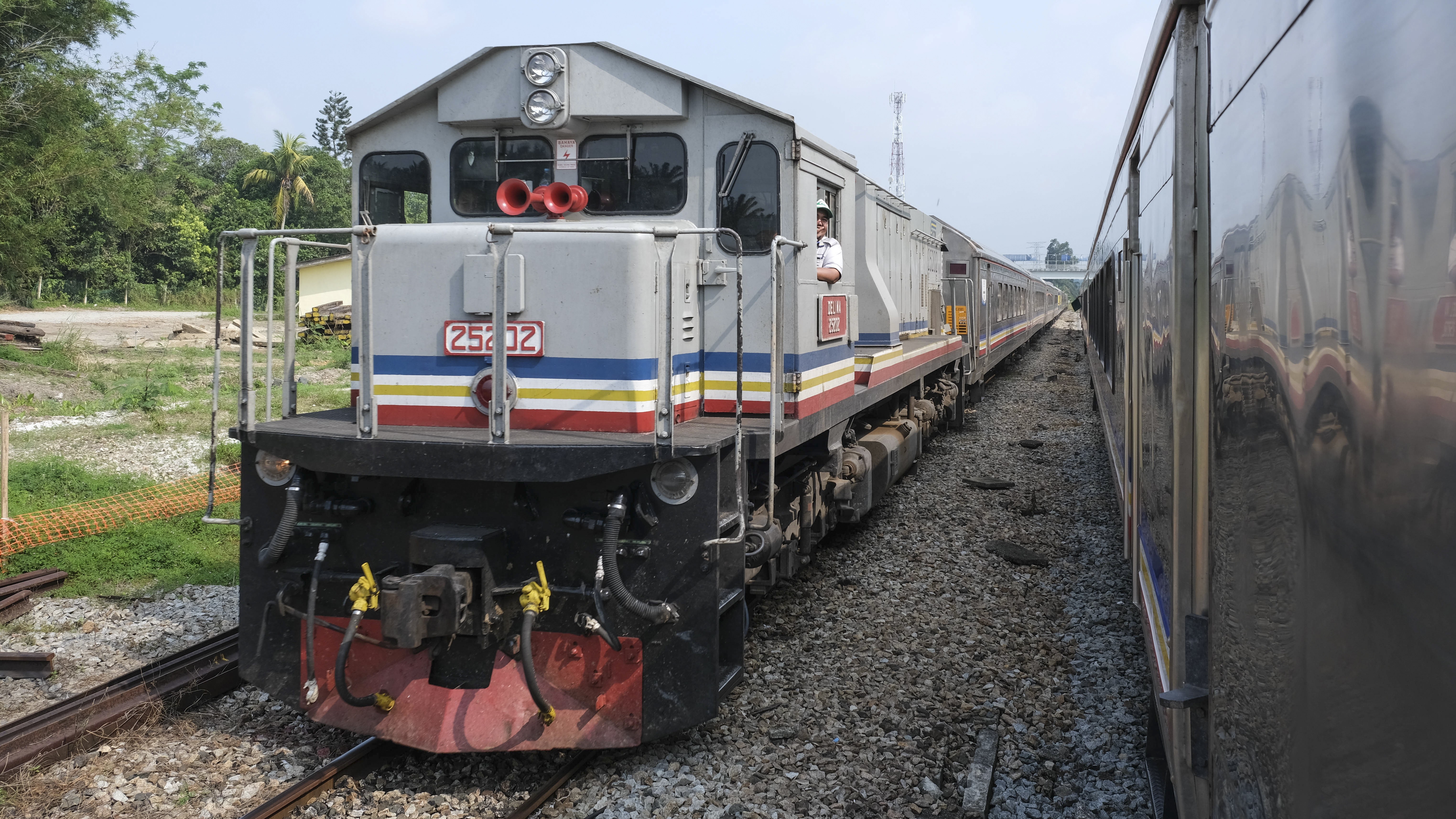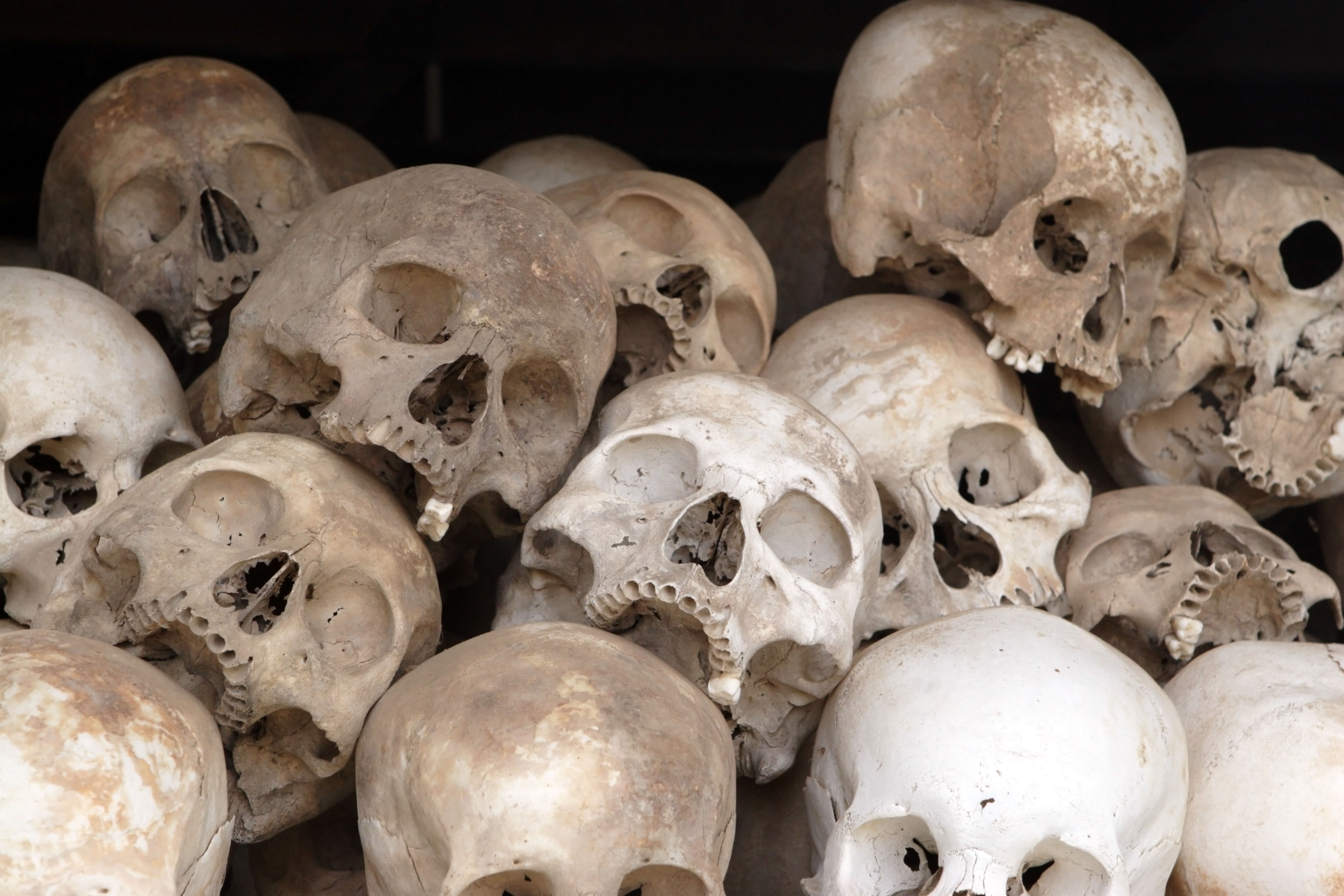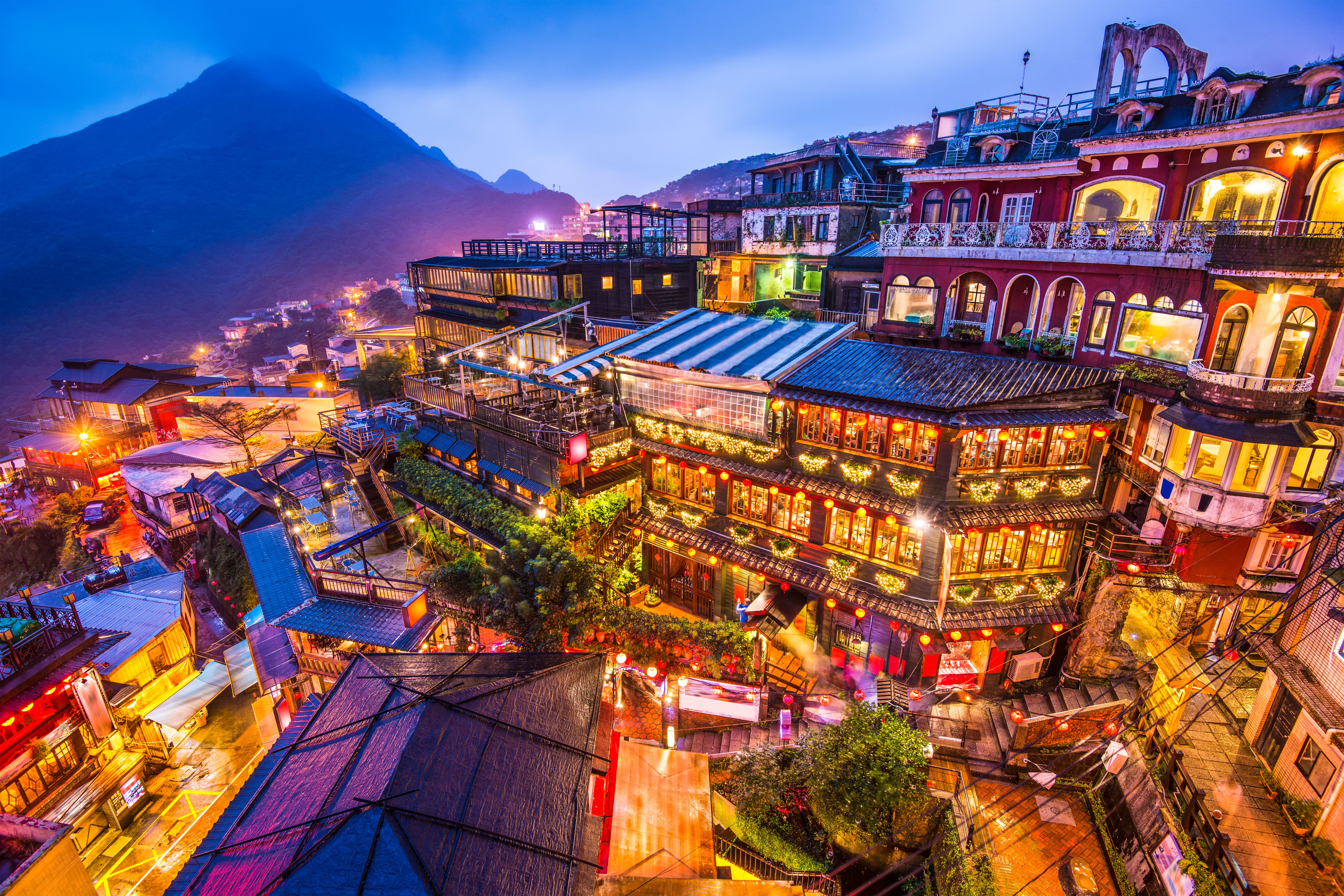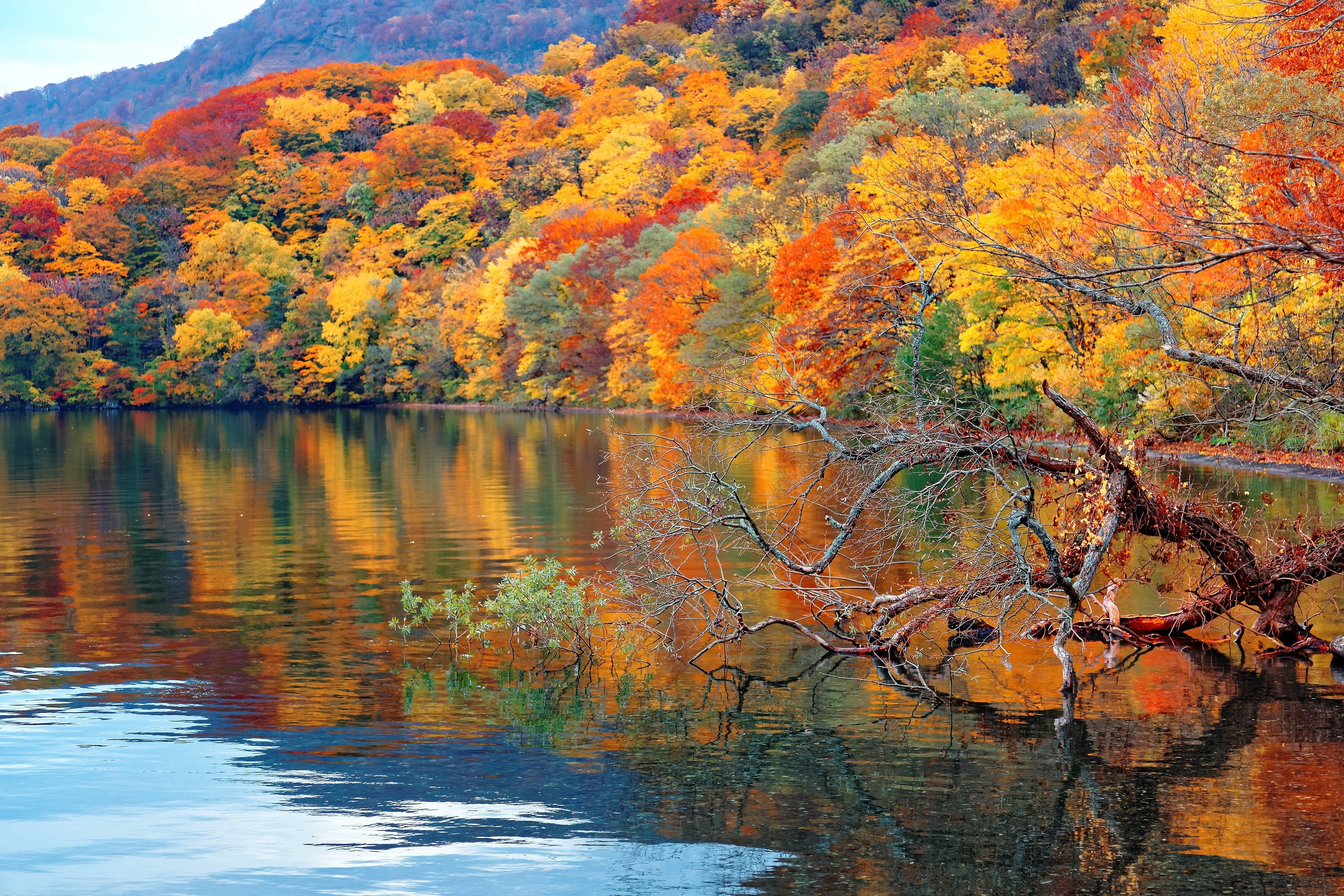
Taiwan’s southern islands are less touristy and offer natural beauty, easily accessible snorkelling and diving, one of the world’s three saltwater hot springs and a laid-back atmosphere.
‘Dark’ tourist spots are places associated with death and suffering but visiting them is not morbid, says the author of a book on the subject – it’s about remembering history.
Two decades ago archaeologists dug up remains of a circular village near Phnom Penh and dated it to 100BC. Today it is buried under a housing development, its fate contrasting with preservation of Angkor’s temples.
New lines and upgraded infrastructure mean that getting between cities including Bangkok, Singapore, Hong Kong and Kunming without flying is becoming ever more feasible.
The Areng Valley is one of the leading eco-tourism locations in Cambodia and has already survived destruction once when plans for a hydroelectric dam were fought off. Now locals hope its natural beauty will bring tourists back after Covid-19.
Cycling from central Phnom Penh to the new US$12 million Win-Win Memorial in the north of the capital offers one resident a first-hand glimpse into how life for many in Cambodia has been transformed in the last 20 years.
A large carving of a reclining Buddha previously hidden on a hilltop is one of the latest ancient sites discovered in Cambodia as locals scour the country for lost history, buoyed by the thought of tourist dollars.
A weekend scooter trip to a wildlife reserve in Laos offers a reminder of how good exploring Southeast Asia’s countryside can be, with waterfalls you can swim in, no other tourists around, and homestays to experience rural life.
With its breathtaking mountain views, wealth of leafy parks, and food from across Central Asia and the former Soviet Union, the biggest city in the world’s ninth biggest country has got something for everyone.
Effortlessly grasp the size, varied landscapes and cultural diversity of Vietnam by taking the train – go the full 31 hours from Ho Chi Minh City to Hanoi, or stop off where you like to explore, and break up the journey.
Direct rail services between the two cities ended in 2011, but it is still possible to cover almost all of the route by train. The first leg of the journey takes passengers past plantations and through charming country towns.
The unassuming spot where movement’s genocidal leader, Pol Pot, was cremated, his mountain retreat and that of ‘The Butcher’ Ta Mok, with their sweeping views, the one-room shacks of ex-fighters – Anlong Veng is a revealing destination.
Straining under an ever-growing number of visitors, the beautiful town of Jiufen is feeling the negative effects of mass tourism. But once the sun has set and the crowds have departed, it becomes the place it once was.
Taiwan’s natural beauty is increasingly attracting visitors to the island off China's southern coast, but its 50-year history as a colony of Japan has left an architectural legacy of special interest to Japanese tourists.
Lake Towada in the mountains of Aomori is one of the first places to see autumn leaves turn yellow, orange, and red; away from the crowds, it is a tranquil spot to take in one of nature’s spectacles.
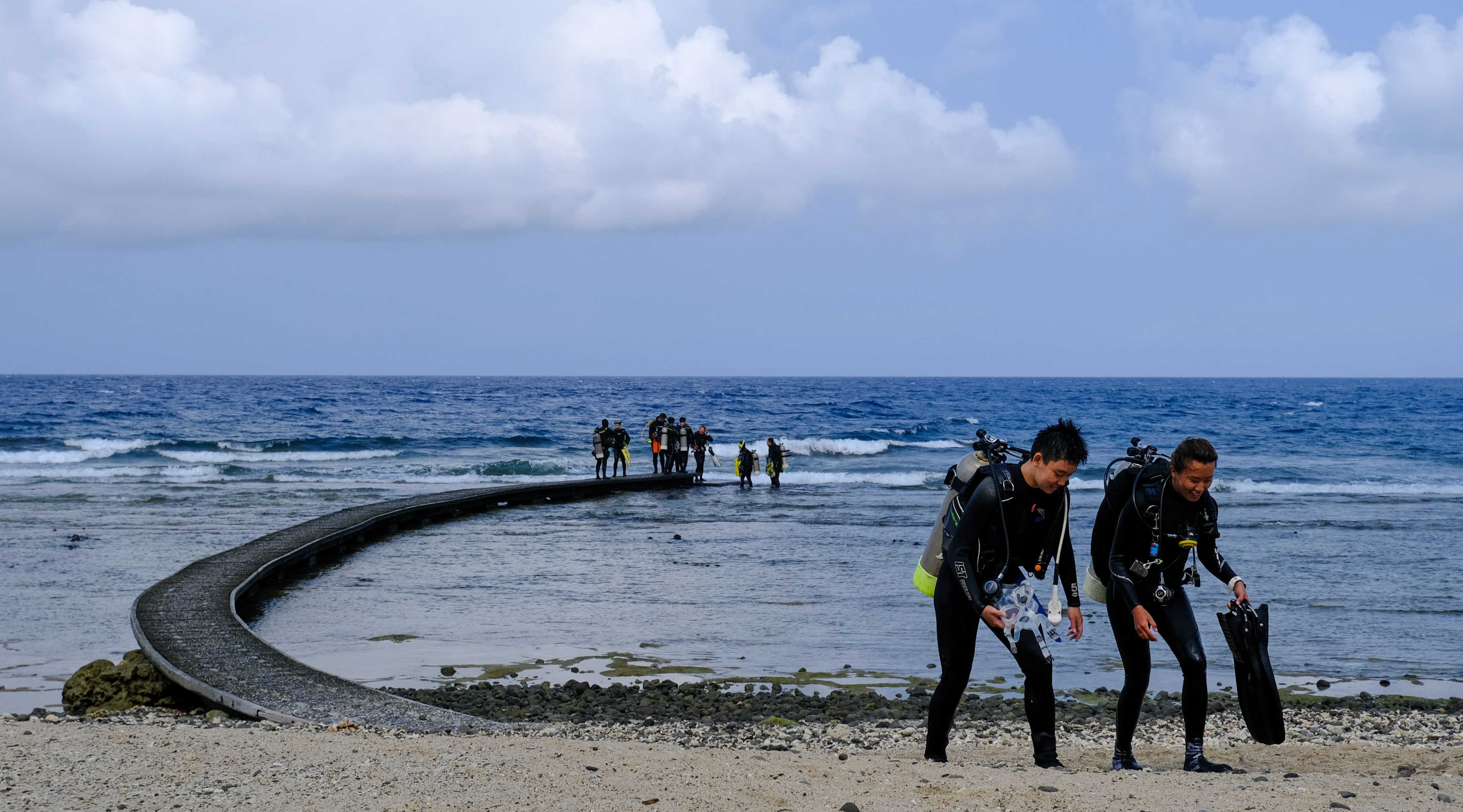
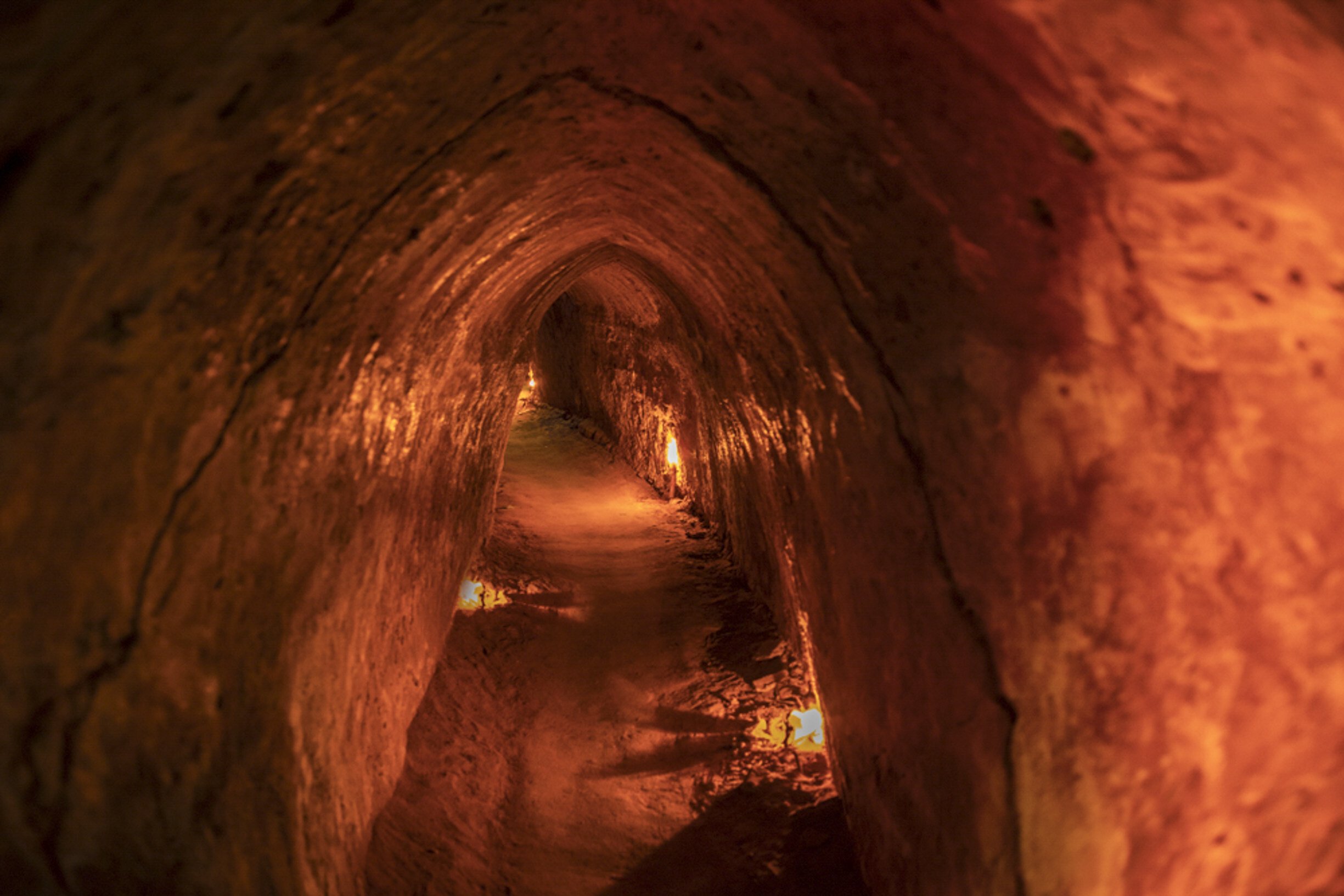
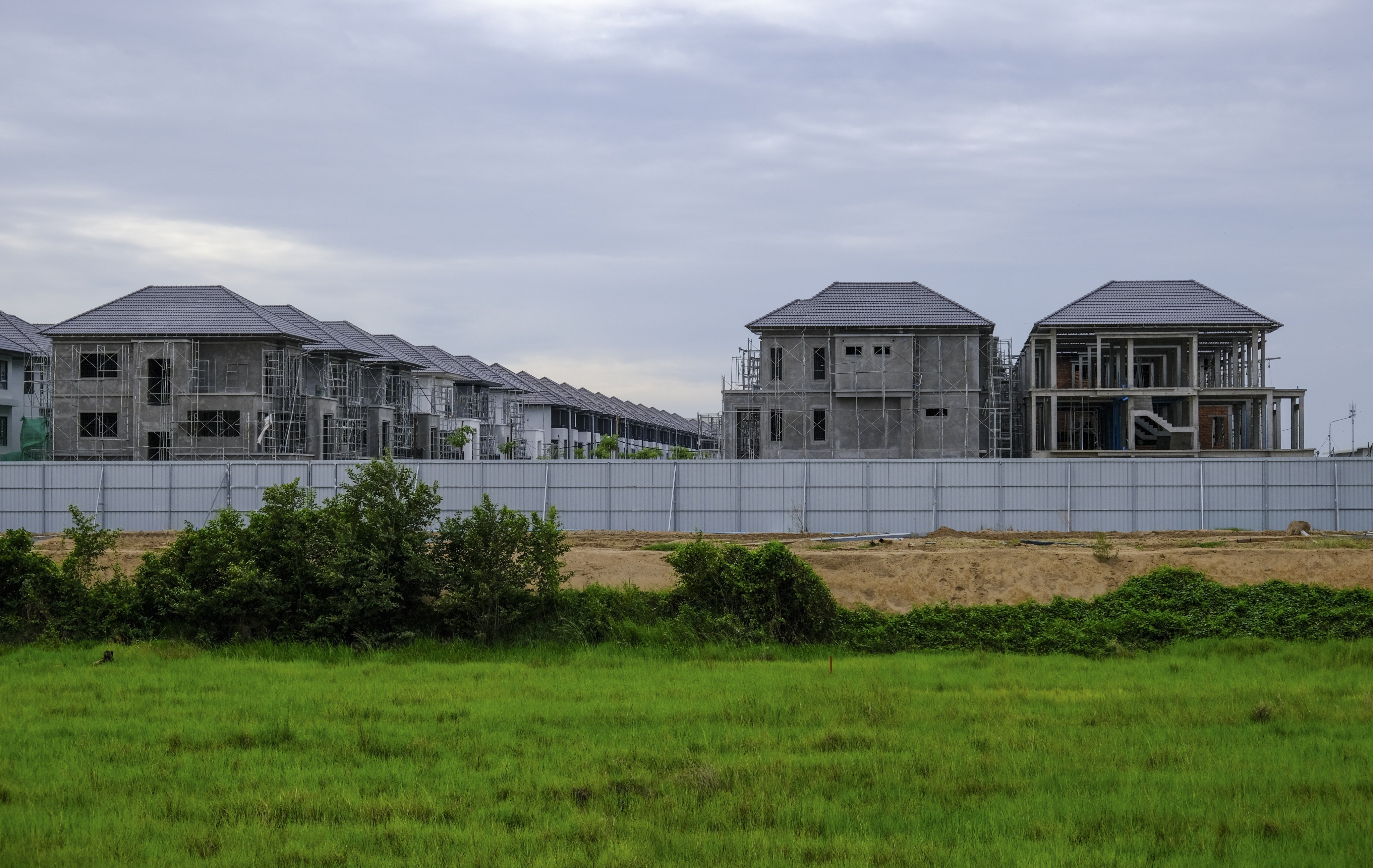

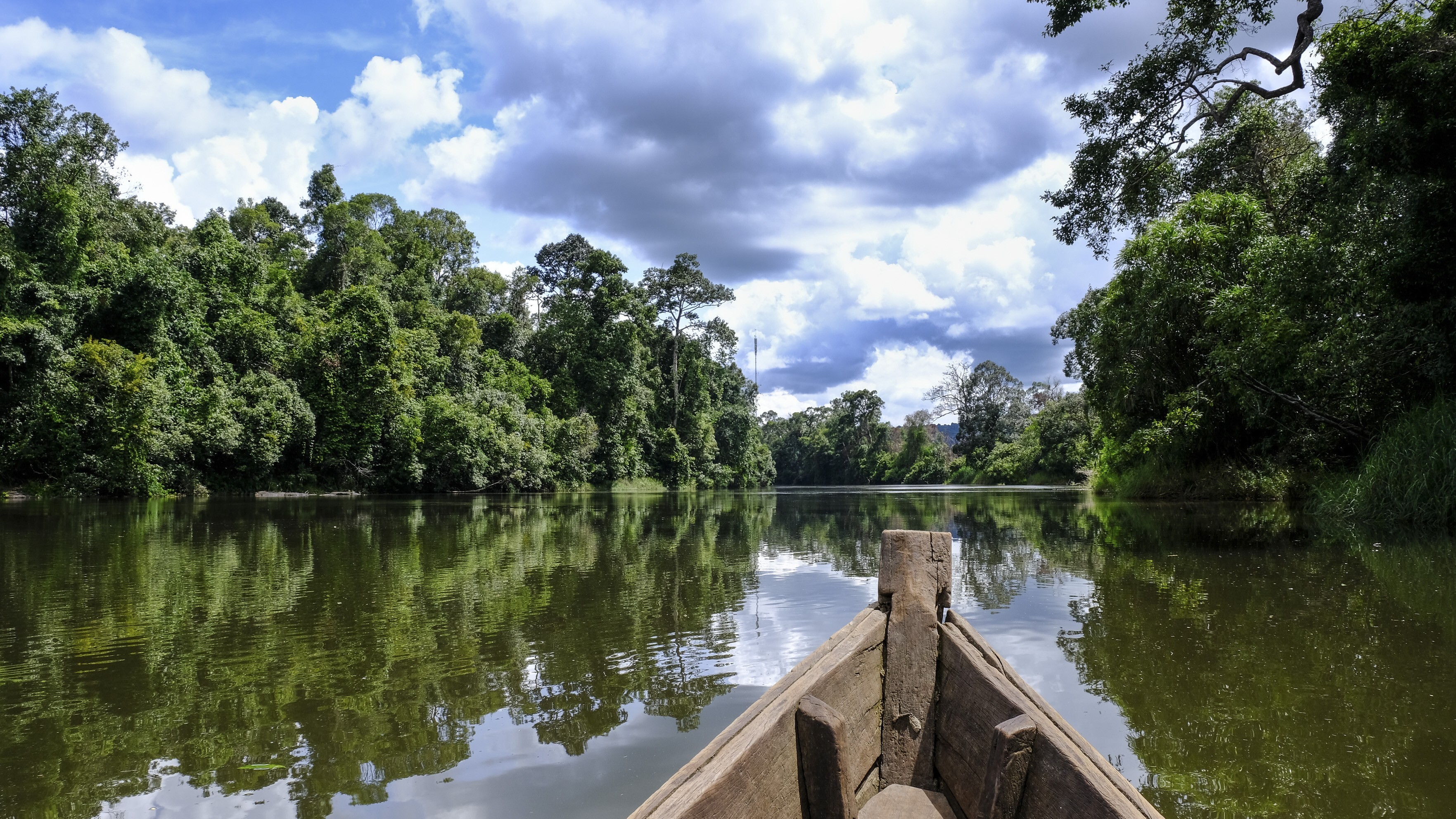
![Cycling through modest tree-shaded villages feels far away from the bustle of the nearby city, Phnom Penh Photo: Pete Ford [FEATURES 2020]](https://cdn.i-scmp.com/sites/default/files/d8/images/methode/2020/06/01/a7e465d2-a0cc-11ea-8055-0ae12e466049_image_hires_101838.jpg)
